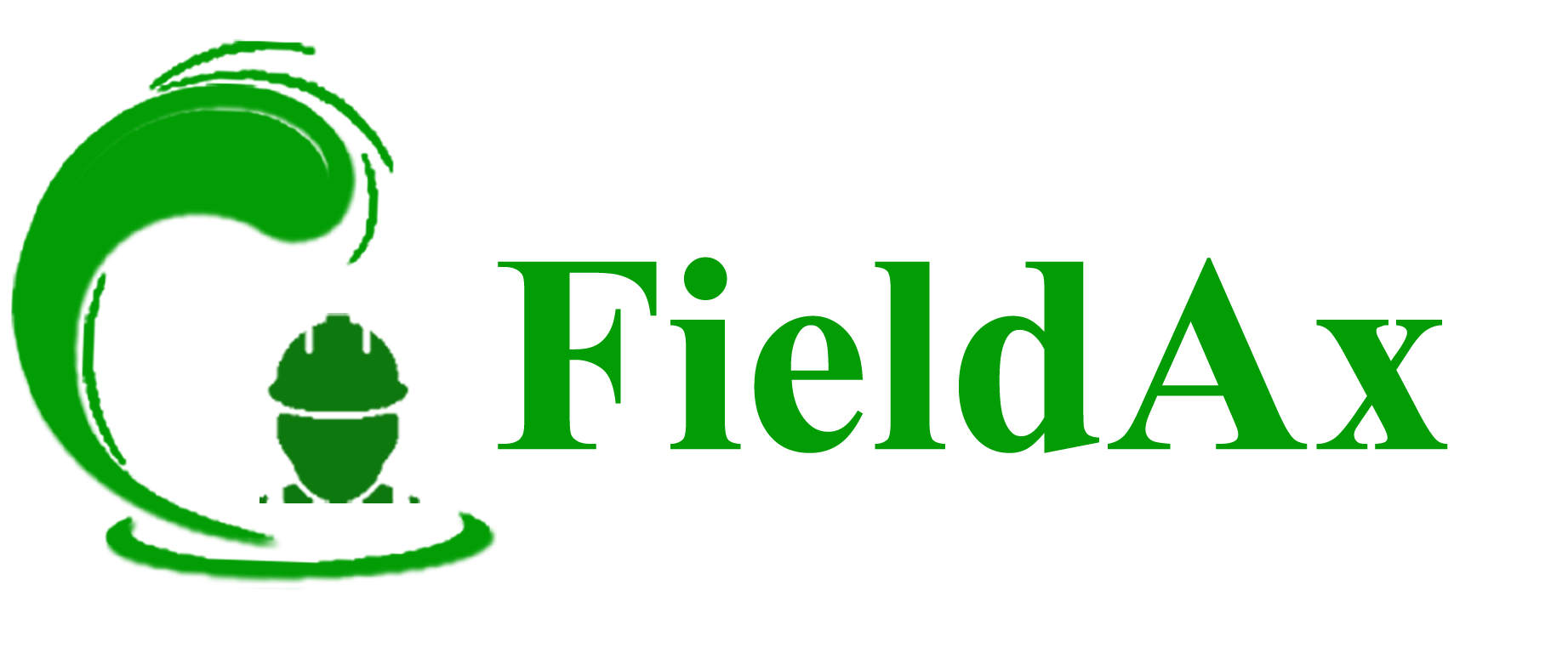Did you know 72% of customers won’t question a higher price if they trust your expertise? Take the plumber who charged $200 to fix a leak: $2 for the hammer tap, $198 for knowing where and why. This isn’t luck—it’s strategy.
Setting rates feels like walking a tightrope. Charge too much, and clients vanish. Charge too little, and you’ll burn out. I’ve seen countless professionals stuck here—until they realize pricing isn’t just math. It’s psychology.
Your rates shape how customers see your brand. Price like a discount option, and they’ll treat you like one. Price like an expert, and suddenly your skills become premium. The trick? Aligning numbers with the value you deliver.

Key Takeaways
- Balanced rates attract loyal clients while covering costs
- Pricing directly influences brand reputation
- Expertise justifies premium charges
- Multiple approaches exist—find what fits your goals
- Financial sustainability requires intentional rate-setting
Let’s ditch the guesswork. Whether you’re adjusting existing rates or starting fresh, I’ll show how strategic pricing becomes your silent sales partner. No jargon—just actionable steps to turn numbers into growth.
Introduction to Home Service Business Pricing Strategies
Imagine two companies offering identical solutions in the same market. Their only difference? Goals. One aims for rapid growth, the other prioritizes steady client relationships. This simple distinction means their approaches to numbers must diverge completely.
Why Your Numbers Game Changes Everything
What you charge acts like a magnet. Set it wrong, and you’ll attract bargain hunters or scare away ideal clients. Research proves structured approaches remove guesswork—they’re roadmaps balancing profit with customer appeal.
James Wilton’s observation hits hard: Even twins in the market need unique plans. Your objectives dictate whether you compete on value or speed. There’s no universal “correct” answer, only what aligns with your vision.
Numbers influence more than budgets. They shape how people perceive your work quality. Charge like an afterthought, and clients treat you as disposable. Price with purpose, and suddenly your expertise gains weight.
The right pricing strategy becomes your silent partner. It builds trust through consistency, turns one-time jobs into repeat bookings, and makes financial sustainability feel effortless. This isn’t about matching competitors—it’s about crafting a system that fuels your specific ambitions.
Understanding Your Costs and Overhead
Your profit margins start with knowing every dollar spent. Many professionals focus solely on labor and materials, but running a business demands deeper insight. Let’s break down what pricing involves beyond surface-level numbers.
Labor and Materials Costs
Technicians’ hourly rates aren’t just their wages. Benefits, overtime pay, and training time add up fast. I calculate true labor costs by tracking time spent per job—including drive time and setup. Materials need similar scrutiny. That $50 pipe? Factor in storage fees, delivery delays, and occasional returns.
Hidden Overhead and Operating Expenses
Rent and utilities are obvious, but what about software subscriptions or permit renewals? Vehicle maintenance costs surprise many—oil changes add up across a fleet. Regional differences matter too. Licensing fees in Texas vs. California can shift your baseline.
Ignoring these details creates a dangerous gap between what you charge and what you keep. A thorough cost analysis isn’t just paperwork—it’s your roadmap to sustainable growth. Build your pricing strategy on this foundation, and every project becomes a profit driver.
The Role of Competitive Pricing in the Service Industry
Ever wonder why two burger joints on the same block charge wildly different prices? That’s competitive intelligence at work. In our field, knowing what others charge isn’t about copying—it’s about finding your sweet spot.

I once worked with an electrician who priced 15% below local rivals. His phone rang nonstop…until burnout hit. We adjusted rates to match market averages while highlighting his 24/7 emergency response. Suddenly, he attracted clients valuing reliability over discounts.
Analyzing Local Competitors
Start by mapping your rivals’ offerings. Visit their websites, check online reviews, and note what they emphasize. Are they pushing speed? Luxury add-ons? This intel helps you spot unmet needs. Teresa Quinn nailed it: “Old-school research beats automated tools every time.”
Look beyond direct competitors too. A lawn care pro might compete with DIY rental shops or seasonal workers. Track pricing tiers and service bundles—these reveal where you can stand out. Maybe offer free equipment storage between visits, or guarantee same-day quotes.
The goal isn’t to undercut others. It’s to position your expertise where the market feels friction. Charge more for niche skills? Perfect. Offer budget-friendly basics? Also valid. Your rates should whisper, “This solves your specific problem.”
Using Value-Based Pricing to Increase Profit Margins
What if your clients paid for results rather than hours? That’s the power of value-based pricing. I once worked with a kitchen remodeler who charged $15k for a project others priced at $12k. His secret? Highlighting how his designs increased resale value by 9%—clients happily paid the premium.
Assessing Perceived Customer Value
Start by asking: What keeps your clients up at night? A pool installer discovered homeowners feared maintenance hassles more than installation costs. He bundled free chemical balancing for a year—and doubled his profit margins.
Belinda Rosenblum’s advice rings true here. Services that feel effortless to you often deliver outsized value. That lightning-fast electrical troubleshooting? Price it as a premium skill, not a 20-minute task.
This approach demands ongoing client conversations. Survey customers post-project: What outcome mattered most? Would they pay extra for guaranteed timelines? Use these insights to refine your pricing strategy.
Yes, you’ll invest more in marketing. But when clients see your work as transformative—not transactional—they’ll choose you even at higher rates. Your expertise becomes the solution, not just a line item.
Implementing Tiered and Bundled Pricing Models
Why do luxury car brands offer three trim levels? It’s not about the cars—it’s about customer psychology. Structured options help people feel in control while guiding them toward higher-value choices. Let’s explore two proven methods to boost revenue through smart packaging.
Good, Better, Best Tiers
Belinda Rosenblum’s client nailed this approach. Offering an $8,000 presentation vs. a $12,000 package with follow-up calls led 68% of clients to choose the premium option. Why? Multiple tiers remove the yes/no dilemma. Customers compare features rather than just prices.
Base tiers should solve core problems. Mid-level options add convenience—like extended warranties. Premium packages must deliver transformative results. A landscaping client increased average ticket size by 40% simply by adding “design consultations” to their top tier.
Benefits of Bundle Pricing
Combining services creates irresistible value. Think gutter cleaning + roof inspection. Clients perceive savings, while you reduce setup time. One HVAC company doubled repeat bookings by bundling seasonal maintenance with priority service.
Bundles work best when services share resources. Using the same tools for lawn aeration and fertilization? Perfect combo. Track which pairings customers choose most—this reveals hidden demand for new offerings.
The right pricing strategy turns indecisive shoppers into committed buyers. Test different tiers and bundles quarterly. You’ll quickly discover which combinations drive both satisfaction and profits.
Leveraging Premium and Dynamic Pricing Techniques
Ever notice how luxury hotels charge triple for the same room in December? That’s not coincidence—it’s deliberate positioning. Charging more requires equal parts confidence and calculation. Let’s explore how to turn market opportunities into profit multipliers.

Identifying Opportunities for Premium Pricing
Premium pricing works when clients see your offer as irreplaceable. I helped a tile installer double rates by emphasizing rare materials and 3D design previews. His secret? Marketing focused on outcomes—“No more settling for basic bathrooms.”
Look for gaps competitors ignore. Do you offer faster completion times? Unique warranties? These become your premium triggers. Remember—your marketing must consistently reinforce why you’re worth the splurge.
Adjusting Prices with Dynamic Models
Dynamic pricing turns market shifts into advantages. A client offering holiday light installations uses weather data to adjust quotes. Sunny forecasts? Prices rise with demand. Storm warnings? Discounts fill last-minute slots.
This approach thrives with automated booking systems. Vacation rentals do it well—higher summer rates, winter deals. For service pros, consider demand spikes like spring cleanouts or emergency repairs after storms.
Both methods require courage to break from flat-rate habits. But when aligned with client perceptions, they transform your numbers from static digits into profit engines. Your pricing strategy becomes as dynamic as the market itself.
Hourly Pricing Strategies and Estimation Methods
How many hours does it really take to rewire a century-old home? I learned the hard way when my first estimate missed by 12 hours. Time-based billing works for electricians and therapists alike, but only if you master the art of prediction.
Accurate Time Estimation for Jobs
New projects often hide surprises. I now break tasks into 15-minute increments and track historical data. A bathroom remodel might average 42 hours, but add 20% buffer for stubborn tiles or outdated plumbing. The 3x Rule saves margins: Charge triple your team’s hourly wage to cover tools, insurance, and profit.
Handling Unexpected Complexities
Discovering mold mid-renovation? Explain delays immediately. I email clients with photos and revised timelines. One painter avoided charge disputes by noting “wall repair contingency” in initial quotes. Transparency turns problems into trust-building moments.
Track every minute—even coffee breaks. Apps like Toggl reveal patterns: Bookkeepers spend 23% more time on new clients. Adjust estimates quarterly using this data. Clients appreciate honesty when timelines shift, as long as you flag changes early.
Cost-Plus Pricing and Setting the Right Markup
Have you ever priced a job only to realize later your profit vanished? Cost-plus pricing involves covering expenses first—materials, labor, overhead—then adding your desired margin. It sounds foolproof until you discover clients won’t pay $85/hour for “just showing up.”
The math seems simple: Actual costs + 30% markup = final price. But here’s the rub—if your calculations miss hidden expenses like fuel surcharges or tool replacements, that margin evaporates. I learned this when a flooring contractor’s “20% profit” became 3% after accounting for adhesive waste.
Finding the right pricing markup demands more than guesswork. Track every expense for three months—yes, even that $5 permit fee. Divide total costs by jobs completed to see your true baseline. Only then can you set a markup percentage that actually sustains growth.
This approach guarantees cost coverage but faces limits. Clients might balk at identical markups for quick fixes versus complex installations. One electrician solved this by varying margins: 15% on routine calls, 40% on emergency services where customers value speed over savings.
Update your numbers quarterly. Rising material costs or new insurance fees? Adjust markups accordingly. Pair this pricing strategy with value-based tiers for competitive flexibility. Your spreadsheet becomes a living document—not just math, but market intelligence.
Promotional Pricing as a Customer Acquisition Tool
What’s the fastest way to turn looky-loos into loyal clients? Temporary deals work like a magnet—when used strategically. Limited-time offers create urgency while showcasing your expertise to new audiences.
Smart Seasonal Incentives
Spring cleanups or holiday lighting installations often see demand spikes. Offer 20% off gutter cleaning in October—clients book early, filling your calendar before winter hits. These timed promotions keep workflows steady during slower months.
But discounts shouldn’t devalue your work. Frame deals as “introductory rates” for first-timers. A pressure washing pro gained 37 repeat clients by bundling driveway cleaning with free patio inspections at full price later.
Track which promotions attract ideal customers. $50 off tree trimming might draw price-sensitive shoppers. Instead, try “Free safety audit with premium pruning package.” This maintains perceived value while highlighting your unique skills.
Set clear expiration dates. “Book this HVAC tune-up special by Friday” creates action. Pair discounts with educational content—like a video showing how your maintenance prevents system failures. Clients feel they’re investing in solutions, not just spending.
Balancing Quality and Price in Home Services
Trust crumbles faster than a termite-infested beam when numbers feel arbitrary. I’ve watched pros lose clients by treating price like a secret—only to regain them through radical honesty. Your rates aren’t just digits. They’re handshakes.
Clarity Becomes Your Competitive Edge
Nick Loper’s warning rings true daily. Slashing rates to attract clients often backfires. One client doubled their HVAC inspection fee—bookings jumped 30%. Why? Higher costs signaled deeper expertise. Customers assumed thoroughness they couldn’t get elsewhere.
Carter Osborne’s consulting shift proves this. Tripling his hourly rate didn’t scare clients—it sets apart his approach as premium. People equate investment with results. Transparent breakdowns help: “$225 covers personalized research + three strategy calls” feels justified.
Itemized quotes build confidence. Explain why premium materials cost more, or how your training reduces project risks. When clients see value alignment, price stops being a debate. They’re buying peace of mind, not just labor.
The right pricing strategy turns skeptics into advocates. Charge what your skills deserve, then prove it’s a steal. Your numbers should whisper, “This solves your problem,” not “Let’s haggle.”
See how FieldAx can transform your Field Operations.
Try it today! Book Demo
You are one click away from your customized FieldAx Demo!
FAQ
How do I calculate labor and material costs accurately?
I start by tracking time spent on past jobs and average material usage. For example, if a plumbing task takes three hours and in parts, I factor those numbers into future quotes. Tools like Jobber or Housecall Pro help automate this process.
What hidden expenses should I include in my pricing?
Don’t forget insurance, vehicle maintenance, software subscriptions, and permit fees. A lawn care company might overlook fuel costs or equipment repairs—these eat into profits if not accounted for upfront.
How can I compete without undercutting my rates?
I focus on what sets my work apart, like faster response times or eco-friendly products. Instead of slashing prices, I highlight warranties or free follow-ups that add value competitors don’t offer.
When should I use value-based pricing?
If clients prioritize convenience or expertise, charge based on results. For instance, an HVAC repair during a heatwave could warrant higher rates because immediate service solves a critical problem.
What’s the benefit of tiered service packages?
Tiers let customers choose what fits their budget. A basic carpet cleaning package might include vacuuming, while premium tiers add stain removal and deodorizing. This upsells without pressuring clients.
How does dynamic pricing work for seasonal services?
I adjust rates during peak demand. Snow removal costs more during blizzards, while gutter cleaning might drop in winter. Apps like PriceMethod help automate these shifts based on local demand.
How do I handle jobs that take longer than expected?
I build a 10–15% buffer into time estimates and communicate delays early. For example, if a deck staining project hits rotten wood, I explain the added work and costs before proceeding.
What markup percentage ensures profitability?
Most industries aim for 30–50%. If a pressure washing job costs 0 in labor and supplies, charging 0–0 covers overhead and keeps margins healthy. Always test and adjust based on feedback.
Are discounts effective for attracting new clients?
Limited-time offers work if paired with upselling. A off first-time electrical inspection can lead to bigger projects like panel upgrades. Just avoid devaluing your core services long-term.
How do I justify higher rates without losing trust?
Transparency builds credibility. I break down costs in quotes and share testimonials about quality. For example, showing how premium paint lasts twice as long justifies a 20% price hike.
Author Bio
Co-Founder & CMO at Merfantz Technologies Pvt Ltd | Marketing Manager for FieldAx Field Service Software | Salesforce All-Star Ranger and Community Contributor | Salesforce Content Creation for Knowledge Sharing






